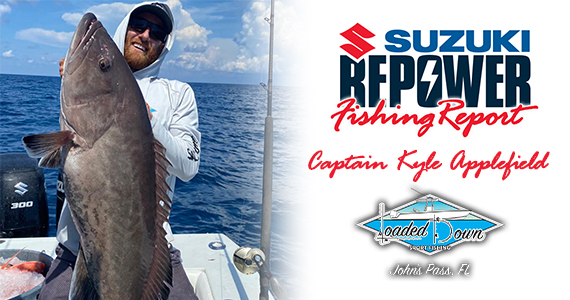
February can be a tricky month to fish offshore with cold fronts and cold water being the norm. The hog fish bite when you can get out between fronts is usually really good this time of year. It’s nice to get to the ledges in 35-80 ft after it’s been too rough for most boats to get out regularly. It seems like there’s a higher concentration of fish on the structures that typically would see more fishing pressure and less numbers.

We can thank Mother Nature keeping the fleet at the dock for the good near shore fishing this month! In the same areas you find the hogfish, it is not uncommon to see good numbers of mangrove and lane snapper, key west grunts, sheephead, gag grouper and sometimes a few keeper sized red grouper.
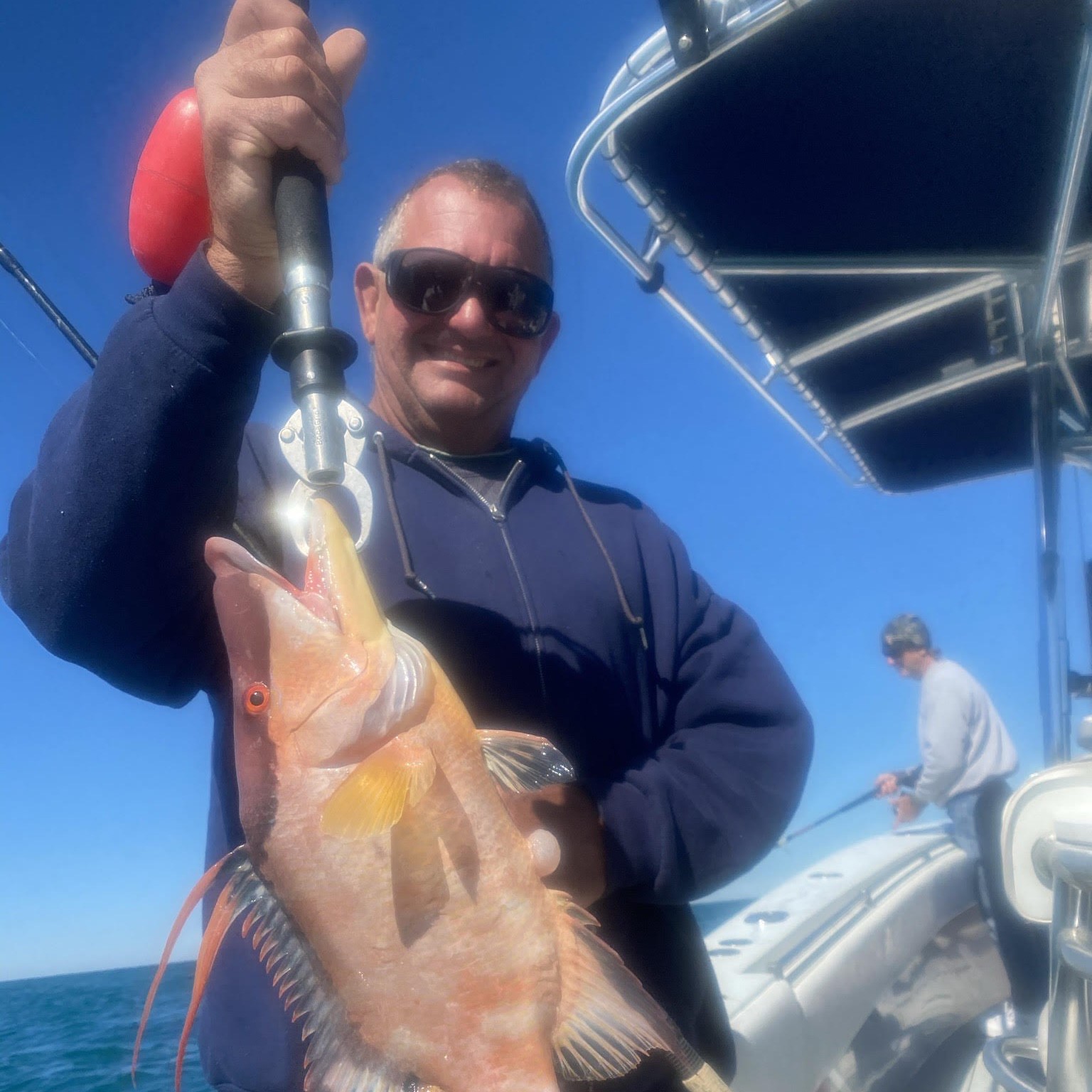
This is my February go-to for clients who want a fun, light tackle option for bringing back a full cooler of fish for the dinner table. Good times and good eats is what February is all about. It all starts with shrimp, a bunch of shrimp. I’d say each person fishing can easily go through 4 dozen shrimp per hour of fishing on a spot. I like to leave the dock with a bag of frozen shrimp and a few dozen live shrimp per fishing hour, per angler planning on fishing. I start with the frozen then switch to live shrimp but sometimes even prefer the frozen shrimp. For tackle I usually use 20 lb braid and at least 8-10 ft of 30-40 lb fluorocarbon leader tied to a knocker rig, a jig head or weighted hook (hog ball). You want to make sure that the weight on the rig is enough to hold bottom in whatever depth and current you end up fishing. I typically use one and a half or two ounces of lead or as light as I can get away with.
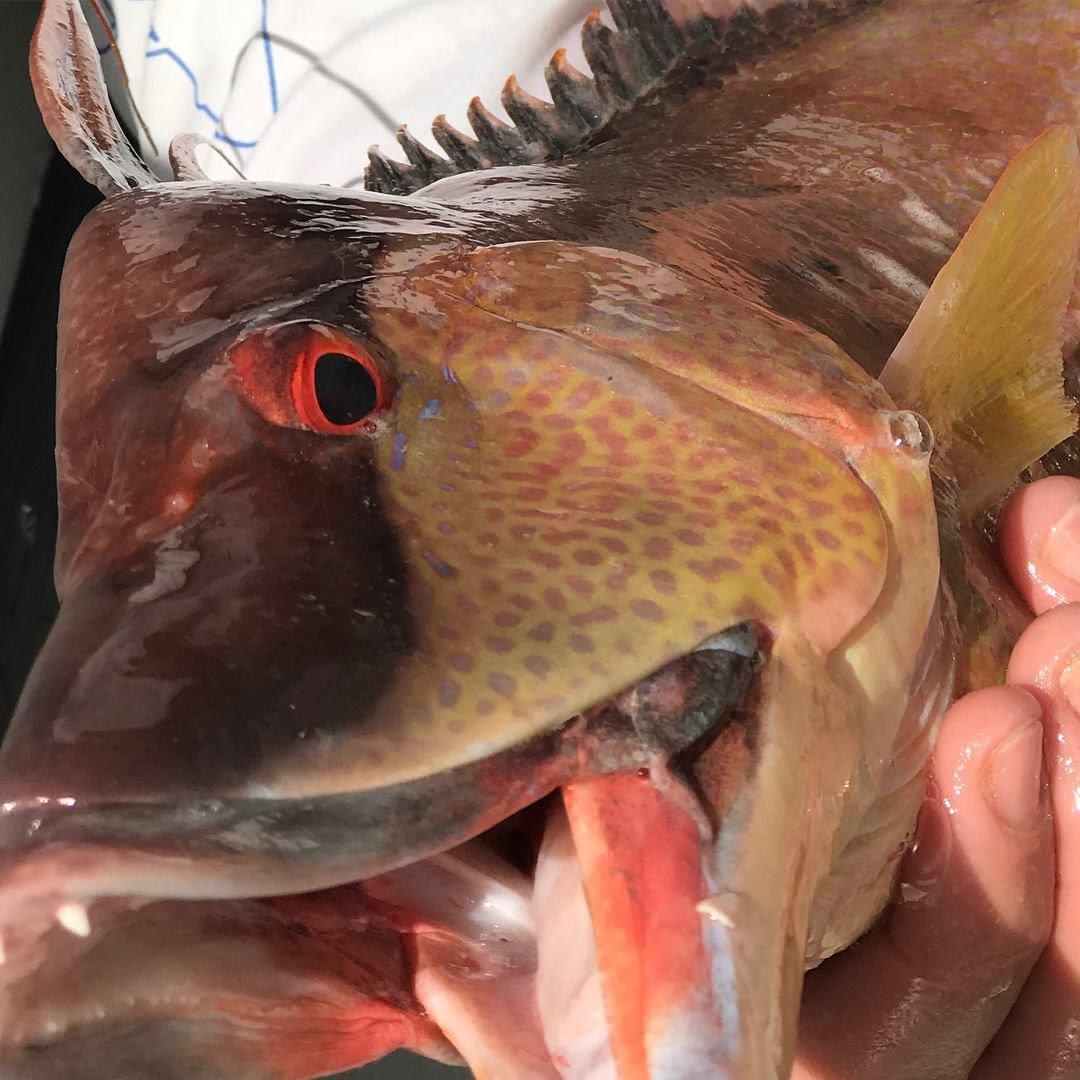
It’s important when targeting hogfish to try and keep the bait right on the bottom. Hogfish usually eat the bait when it’s lying directly on the bottom. This can make it difficult to feel the actual bite, but if you slowly lift your weight after lying directly on the bottom for a bit, you can feel the fish holding the bait. I find better success this way and if you don’t do it a lot it can take a little getting used to. I suggest getting out there to get the feel for it. Keep directly over hard bottom areas. When fishing a break, I prefer to try and position the boat just on the top side, usually the harder bottom. Everyone has their methods they prefer and like to find out what works best for them. Get out there and take advantage of the goods February has to offer. Be sure to check the latest state and federal regulations before heading out to bring home dinner.
The Suzuki Repower Fishing Report is sponsored by Suzuki Repower and Mastry Engine Center.
Capt. Kyle Applefield
Loaded Down Sportfishing
727-455-0809
Capt. Kyle’s Website
Capt. Kyle On Facebook
Growing up fishing the waters of the Gulf of Mexico, Loaded Down Sport Fishing’s Captain Kyle Applefield has become an expert of inshore and offshore fishing in the Tampa Bay Area. He was raised on commercial and charter fishing through his family who have been in the industry as native Floridians for three generations.
After years of logging hours and hands on experience, he is now a licensed and insured charter boat captain. Since returning from four years of traveling throughout Central America and the waters of the Caribbean working as a mate of a private sport fishing boat, Captain Kyle has discovered his passion to run charters. It is hard to find a better person to put you on the fish.
Working with all types of people, his love of the water, and his knowledge of fishing, we can ensure you will have a fun and memorable outing on the boat. Novice or professional, young or old, you can expect to make the memory of a lifetime on the water with Loaded Down Sport Fishing!

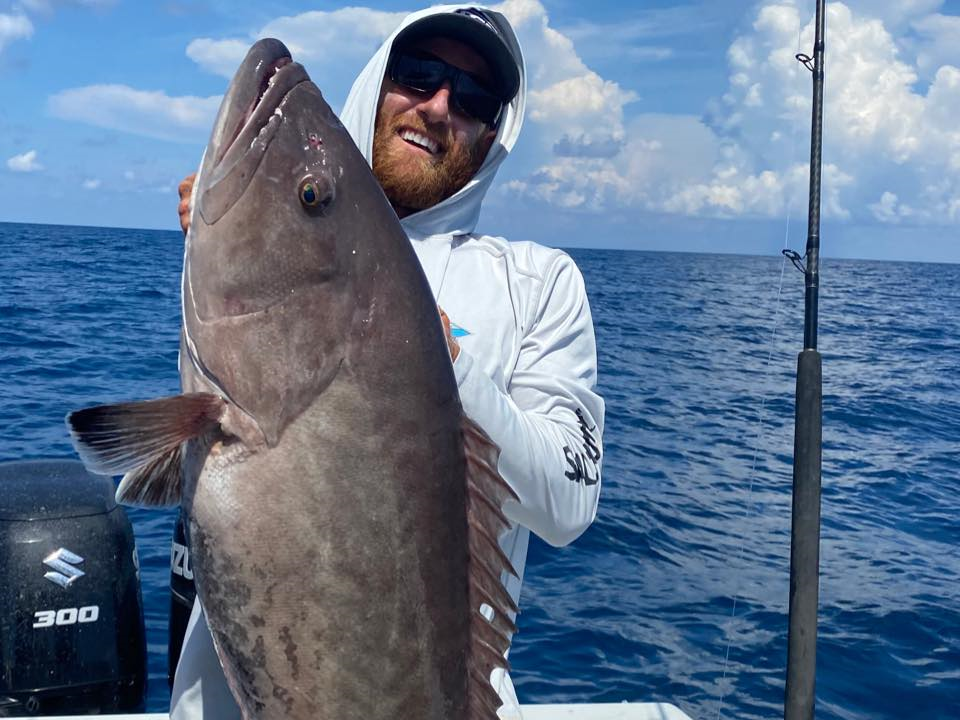
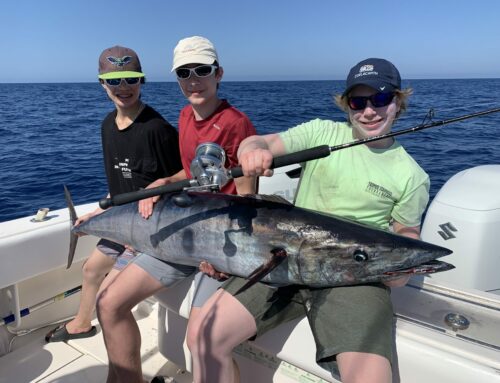

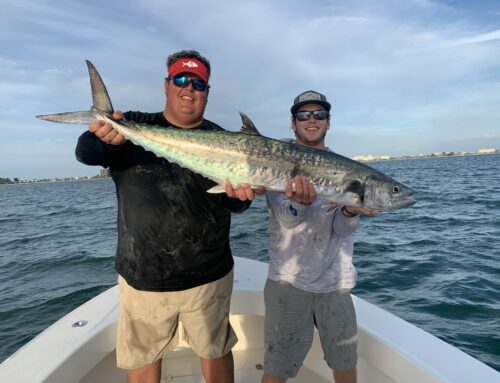
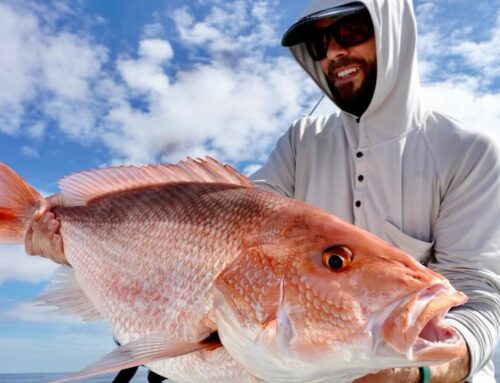
Leave A Comment